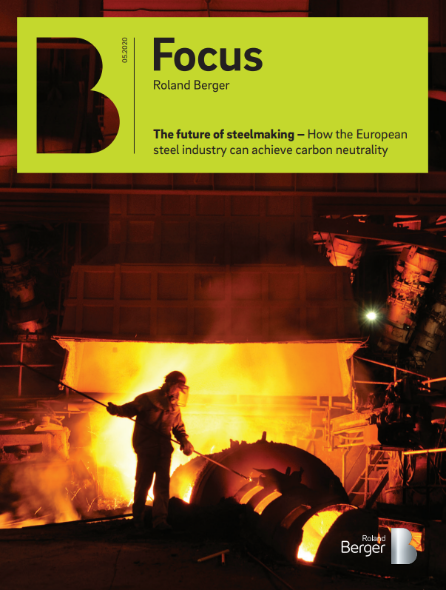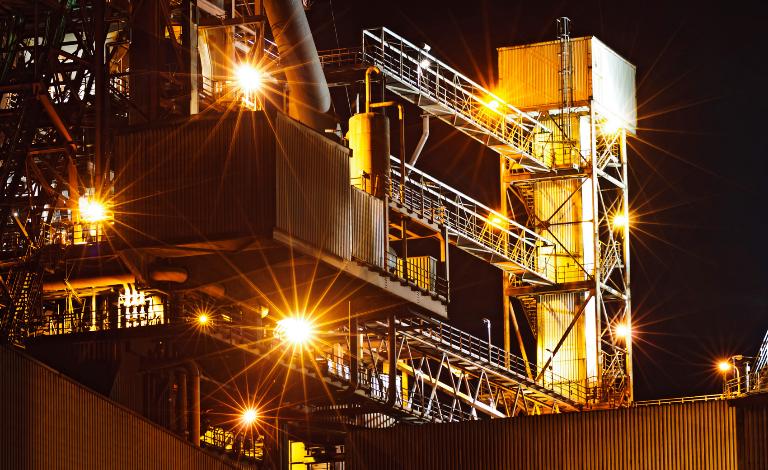Europe's steel industry at a crossroads
![{[downloads[language].preview]}](https://www.rolandberger.com/publications/publication_image/future_of_steel_industry_cover_download_preview.png)
The steel industry must change its production technology to meet the new environmental standards.


By Akio Ito
Brussels' Green Deal represents an enormous stress test for the European steel industry. Without far-reaching investments in new production technologies, it will not be possible to meet the political target of achieving climate neutrality by 2050. A recent study shows how the transformation of the traditional industry can nevertheless succeed.
In less than three decades the EU must be climate neutral, according to the Green Deal, which the EU Commission first announced in December and specified again at the beginning of March. For industry in Europe, this target means uncertainty and financial burdens across the board, but for the steel industry it poses existential problems. Whether they can be resolved is uncertain, all the more given the fatal impact of the Covid-19 crisis.
"We calculate that it will cost around EUR 100 billion to make the production of crude steel climate neutral."
For the steel sector, Europe's resolution is nothing less than a threat to its very existence. After all, the industry is responsible for around four percent of all carbon emissions in Europe. If only industrial emissions are considered, the figure is as high as 22 percent. The goal of zero emissions cannot be achieved by simply optimizing existing production methods because around 60% of European steel is currently produced through the blast furnace route: an efficient, but very carbon-intensive production method.
The steel industry therefore faces a number of questions:
Roland Berger examined the situation in the steel industry in a recent study and found answers to some of the questions. "The future of steelmaking – How the European steel industry can achieve carbon neutrality" evaluates possible technologies and demonstrates a way in which the transformation can succeed.
The authors compared different methods that can be used to reduce CO2 emissions. Producing hydrogen-based direct reduced iron in a shaft furnace is the most advanced technique and the most beneficial for the climate.
However, the question of how the necessary electricity can be generated with low emissions remains unanswered, because hydrogen-based reduction processes require large amounts of electrical energy for electrolysis. The total energy requirement for climate-neutral transformation of the blast furnace route, for example, amounts to around 120 terawatt hours (TWh) per year.
Politicians must not leave the steel industry in Europe to its own devices in this task. The necessary technology transformation cannot be achieved without the political will and appropriate support. Furthermore, imported steel that is not produced in a climate-neutral way should be taxed so that prices remain comparable.
If the steel industry has to fend for itself on this task, the prices of its end products will have to be raised enormously, which will make it internationally uncompetitive. The exodus of an entire branch of industry or at least the upstream production will be the result. The aftermath of the Covid-19 crisis is likely to create a serious financial setback for the capacity to transform the industry, making stimulus packages the imperative means to support "Green Steel" investments.

![{[downloads[language].preview]}](https://www.rolandberger.com/publications/publication_image/future_of_steel_industry_cover_download_preview.png)
The steel industry must change its production technology to meet the new environmental standards.
